WATER INGRESS, THE COMPLETE PICTURE WITH INFRARED
13th May 2010
Source:
FLIR Systems Ltd
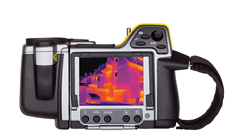
Business for The Revival Company is the recovery of domestic property and equipment following fire and flood, particularly in the high net worth segment. Its sister company in the Revival Group, Arepa, is focussed on the recovery of technical equipment following a disaster. Scientific, AV and IT equipment as well as manufacturing plant are typical examples. And both companies are now benefiting from the addition of thermography to its range of detection techniques.
The Group bought a FLIR B200 infrared camera eighteen months ago and has since supplemented this initial investment with FLIR BCAM models from the company’s compact range. Thermography is used to complement traditional methods of moisture detection. It allows the quick identification of the point of ingress without intrusion and the target areas requiring particular attention to be highlighted.
“In particular it improves the level of certainty when identifying points and levels of ingress and saves us time and money in the process,” explained Group Technical Manager, Simon Walker.
The company recently investigated a case of water ingress to a substantial holiday villa in Spain that was believed to be the result of a roof leak. Severe damage had resulted throughout the property. Initial reports from the building contractor recommended either repair or replacement of the roof and guttering system.
The Revival Company conducted a thermal imaging survey of all areas using its B200 camera and discovered an unexpected cause. By tracing the passage of water through the fabric of the property, it was able to confirm that the source of ingress was not at high level as originally expected. It identified a moisture bridge from the roof level sun deck beneath the patio doors that allowed water to enter the property during heavy rainfall.
The recommendations made as result of this inspection included the standard drying techniques employed following an event of this nature. Remedial work to the sun deck/property junction was also identified and also the reconfiguration of the drainage system serving this area.
As a result of the FLIR thermal inspection the cost of this work was fractional by comparison with the large scale roof repairs originally envisaged. Furthermore the work could be undertaken with minimal disruption to the owners.
Establishing efficient drying systems after flood is another important application for FLIR infrared at the Revival Group. This includes identifying building defects which would either hamper the drying process or indicate a pre-existing problem. It enables the optimum drying system to be put into effect and for the drying process itself to be tracked and documented visually.
The first step in planning a drying system is to establish the extent of the moisture ingress to the property and the migration of this through various materials. Whilst standard moisture measurement and detection techniques are also used for this purpose, FLIR thermal imaging employed by The Revival Company provides its experienced technicians with a thorough understanding of the extent of the problem, without them having to resort to intrusive testing as a first resort.
Additionally the images provide The Revival Company with a visual representation of the moisture within the property allowing more detailed communication with all parties.
During the drying process, moisture monitoring is carried out using both thermography and standard techniques. The use of thermography provides an immediate indication of the progress of the drying process in various materials. This enables the operator to establish accurate timescale estimates and, if needs be, to reconfigure the drying system to maintain the optimum performance.
Simon Walker concludes, “Thermography is an extremely useful addition to the drying technician’s arsenal of monitoring and measuring equipment. However the correct interpretation of the results by a trained technician is the key to its success.”
Greater sensitivity and image analysis is the strength of the FLIR B200. It has a 2x digital zoom, 9Hz frame refresh and Picture-in-Picture function. This allows the overlay, pan and scale of an infrared image on a visual one and full analysis of the combined image from retained data. This is a particular useful customer service feature for The Revival Group. It makes the task of explaining the water damage problem to a customer so much easier.
Equally valuable for The Revival Group are the humidity and insulation alarms provided by the FLIR B200. These features are ideal for identifying the extent of moisture ingress to premises and can reduce the need to use other time-consuming and more intrusive methods of detection.
“In particular it improves the level of certainty when identifying points and levels of ingress and saves us time and money in the process,” explained Group Technical Manager, Simon Walker.
The company recently investigated a case of water ingress to a substantial holiday villa in Spain that was believed to be the result of a roof leak. Severe damage had resulted throughout the property. Initial reports from the building contractor recommended either repair or replacement of the roof and guttering system.
The Revival Company conducted a thermal imaging survey of all areas using its B200 camera and discovered an unexpected cause. By tracing the passage of water through the fabric of the property, it was able to confirm that the source of ingress was not at high level as originally expected. It identified a moisture bridge from the roof level sun deck beneath the patio doors that allowed water to enter the property during heavy rainfall.
The recommendations made as result of this inspection included the standard drying techniques employed following an event of this nature. Remedial work to the sun deck/property junction was also identified and also the reconfiguration of the drainage system serving this area.
As a result of the FLIR thermal inspection the cost of this work was fractional by comparison with the large scale roof repairs originally envisaged. Furthermore the work could be undertaken with minimal disruption to the owners.
Establishing efficient drying systems after flood is another important application for FLIR infrared at the Revival Group. This includes identifying building defects which would either hamper the drying process or indicate a pre-existing problem. It enables the optimum drying system to be put into effect and for the drying process itself to be tracked and documented visually.
The first step in planning a drying system is to establish the extent of the moisture ingress to the property and the migration of this through various materials. Whilst standard moisture measurement and detection techniques are also used for this purpose, FLIR thermal imaging employed by The Revival Company provides its experienced technicians with a thorough understanding of the extent of the problem, without them having to resort to intrusive testing as a first resort.
Additionally the images provide The Revival Company with a visual representation of the moisture within the property allowing more detailed communication with all parties.
During the drying process, moisture monitoring is carried out using both thermography and standard techniques. The use of thermography provides an immediate indication of the progress of the drying process in various materials. This enables the operator to establish accurate timescale estimates and, if needs be, to reconfigure the drying system to maintain the optimum performance.
Simon Walker concludes, “Thermography is an extremely useful addition to the drying technician’s arsenal of monitoring and measuring equipment. However the correct interpretation of the results by a trained technician is the key to its success.”
Greater sensitivity and image analysis is the strength of the FLIR B200. It has a 2x digital zoom, 9Hz frame refresh and Picture-in-Picture function. This allows the overlay, pan and scale of an infrared image on a visual one and full analysis of the combined image from retained data. This is a particular useful customer service feature for The Revival Group. It makes the task of explaining the water damage problem to a customer so much easier.
Equally valuable for The Revival Group are the humidity and insulation alarms provided by the FLIR B200. These features are ideal for identifying the extent of moisture ingress to premises and can reduce the need to use other time-consuming and more intrusive methods of detection.
Similar articles
More from FLIR Systems Ltd
- Non-contact voltage detector for electrical applications 1st June 2020
- Substation saves substantial costs from a chance thermal scan 18th September 2019
- Brickstream people counting sensor with employee filter solution 16th August 2019
- Detecting leaks from electrical circuit breakers 12th March 2019


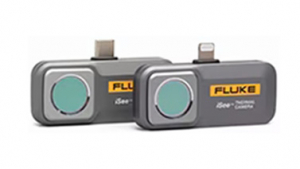
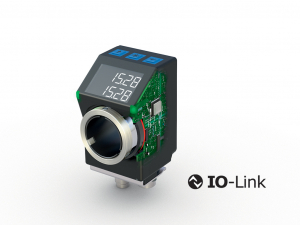
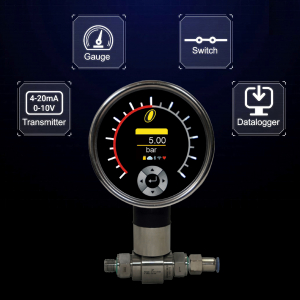
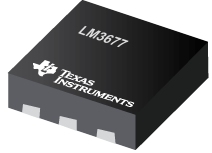

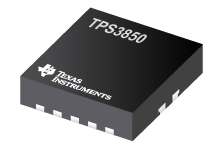
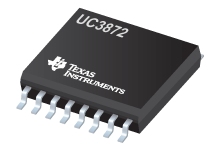

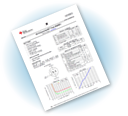

Write a comment
No comments